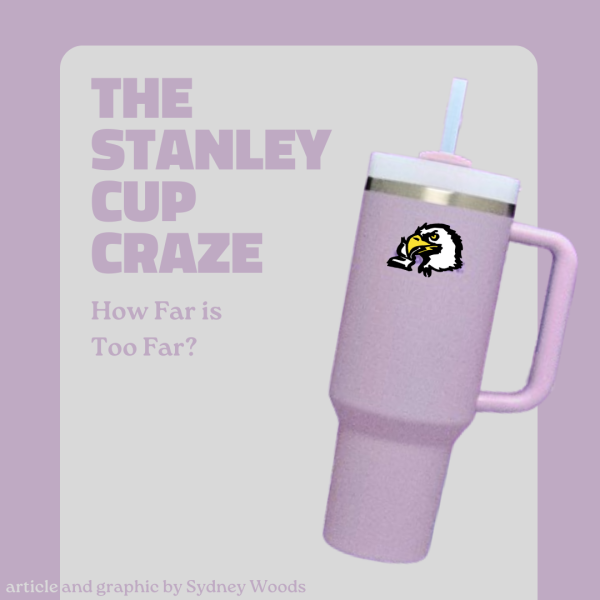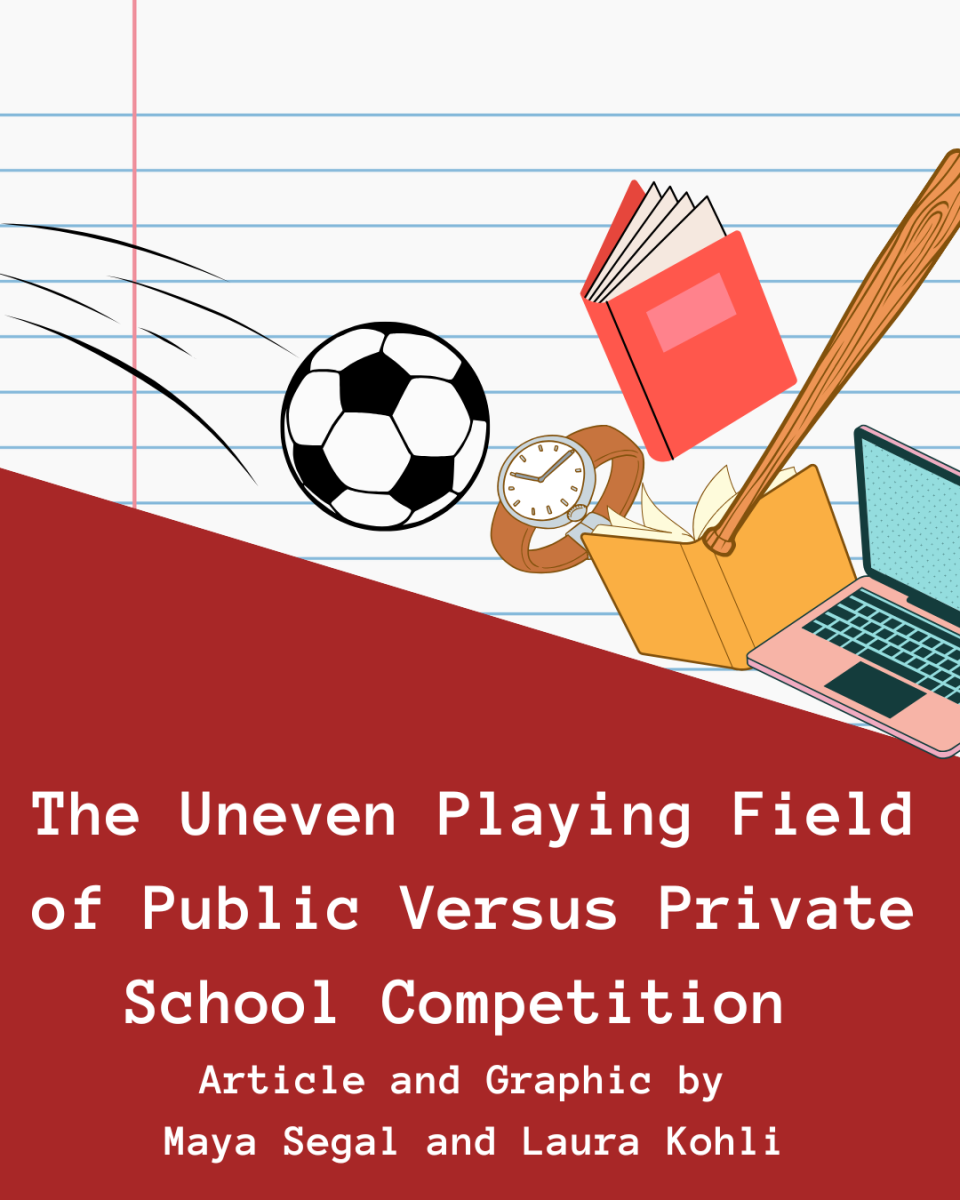
If you’re on social media–most notably TikTok–you’ve likely seen a fair share of microtrends come and go. There have been some major ones in the past few years, including the Hydro Flask, Drunk Elephant cosmetics, and the “Pink Pilates Princess” aesthetic. However, the current worldwide microtrend shows how far people will go for what they want, willing to fight tooth and nail to build their collection: the famous Stanley Cup.
Believe it or not, the Stanley Cup was designed as a staple for blue-collar workers. Their most notable product, the Stanley FlowState H2.0 Quencher Tumbler, has moved away from the outdoor worker’s utilitarian cup to a fashion accessory and sign of status, with some customers even going as far as beginning collections–and not small ones, either. When scrolling social media, it’s become “normal” to see Stanley Cup lovers boasting about their collection of 10+ cups, sometimes going to great lengths to obtain the product. Some take it a step further, making videos titled “Wash My Stanley With Me” or doing an Amazon haul of “accessories” they’ve recently bought for their cup. An article by the Los Angeles Times discusses the limited edition Stanley Cup that caused a craze in Target stores around the United States. Released this past Valentine’s Day, the product featured an apparently “one of a kind” hot pink color. While no actual violence was reported, videos posted online show shoppers furiously clawing at shelves and running with cups under their arms, some even resorting to tackling others around them for the product. Watching the news coverage, it’s hard to understand that this was all over a stainless steel tumbler cup.
There isn’t anything wrong with the Stanley Cup itself, but the overconsumption needs to be addressed. Not only is the consumerism crisis shifting the brand’s image, but it is also affecting our planet. According to Sandra Goldmark, a circulatory expert at Barnard College and the Columbia University Climate School, the takeoff of this trend has turned what was once a reusable and sustainable product into a consumerism and environmental issue. Because it takes more resources to make these reusable items, experts say there will be an environmental payback later. You’ll have to use your cup for many years to regain the money you spent and the energy it took to make it.
Stanley Cups are built to last; a collection simply defeats their purpose. If the product will sit on the shelf collecting dust, waiting for you to find the perfect outfit to match, what is the point of owning it? The method people use when filling these cups that is often seen on Tiktok–or “WaterTok,” a side of TikTok that seems to have arisen alongside this trend–is also incredibly wasteful. Filling up a reusable cup with three plastic water bottles that will likely go unrecycled, as less than 30% of plastic water bottles used are actually recycled, completely diminishes the intent of the reusable tumbler. If you use a single-use plastic water bottle to fill up your reusable cup, it makes more sense just to go ahead and use the plastic bottle. The happiness that comes with drinking from feeling aesthetic while you hydrate is understandable, but in a situation like this, it’s just wasteful.
What is so different about these tumbler cups compared to others on the market? Why do you need to buy accessories and decorate something you are simply drinking from? Your cup is not a human being. It doesn’t need a little purse. Having more than one is unnecessary; you can only use one at a time! Before you go out and purchase one, think about whether you need a new insulated cup. This isn’t meant to deter you from buying a Stanley of your own, but rather to make you think critically before you buy your third or fourth product. The goal shouldn’t be to accumulate all the Stanley Cups produced. They were made to be used for a lifetime and are part of a trend that will come and go. Don’t give in to the pressures of conforming if it’s not what you truly want; if you choose to participate, you should do so responsibly.











